Weeks 7 and 8 of the 52 Weeks to Better Genealogy were all about online map collections with the first exercise looking at Google Maps. Although I have briefly looked at Google Maps online, I have not really taken the time to explore it from a family history perspective.
I started by putting in my own address here in Melbourne and up came a street directory map but by switching to a satellite image I was able to zoom in and see all the houses on my street. When you click on Street View you can then actually see a photo of the house. I then repeated the exercise with a search for my brother’s house in Brisbane and found it just as easily.
My next search was to simply put in a place name Wednesbury, Staffordshire and up came a modern map with the options to look at some modern photos. One of these was the church of St Bartholomew’s Wednesbury where all my Price ancestors were baptised. Clicking on the photo took me to the photographer and other photos of the church and before I knew it I was searching photos not maps! So easy to get sidetracked when searching online.
Dragging myself back to Google Maps, I then clicked on the Places link for Wednesbury and it brought up a brief description of the town and its location. There was a further link to a full article in Wikipedia and yes, you guessed it, I was immediately sidetracked again with all the wonderful links in the article. There is a lovely photo of the Wednesbury Museum and Art Gallery and links to take you to their website.
As this was a maps exercise, I returned yet again to Google Maps and put in an address for my Price family from the 1881 census which was 20 Potters Lane, West Bromwich and up popped a street directory map showing that Potters Lane is still there near the Wednesbury Railway Station. Switching to satellite I was able to zoom in on No 20 but it is no longer a residential area and there seems to be a big factory on the site now which was a bit disappointing.
I then tried an address from a 1915 letter to my great grandfather Herbert White from his older brother Robert advising him of the death of his mother. Robert was living at 10 Polden Road, Salisbury in Wiltshire. The street map shows me where it is in Salisbury but it is the satellite image that is fascinating. Zooming in I can see that the terrace house is still there (and it looks like it could be the same building that might have been there in 1915). I can even move the image so that I can see up and down the street and across the road. It is almost as good as being there in person.
My great great grandmother had been buried in All Saints Church Farley so I then looked for the Church and Farley, West Dean and East Grimstead and found myself being able to tour around these villages and to see what they still look like today. Makes me want to visit in person more than ever.
I am now slowly making my way through all the various street addresses I have for my families and looking them up. Armchair travel with a real purpose!
Google Maps is not the only online mapping resource and in Australia I like using State Library of Victoria’s Melbourne Metropolitan Board of Waterworks (MMBW) some of which have been digitised and are available online free. The Library has done a step by step guide for users. They show details of every building, including garden layouts and ownership boundaries; and environmental features such as fences, drainage, bridges, parks, municipal boundaries and other prominent landmarks as they existed at the time each plan was produced. A wonderful resource for anyone with Melbourne ancestors.
The Melbourne sewerage plans from the 1890s to the 1950s cover the following areas:
- Melbourne CBD
- Kensington
- Richmond
- Collingwood
- Fitzroy
- Port Melbourne
- South Melbourne
- St Kilda
- Williamstown
- Footscray
The National Library of Australia has an ongoing program to digitise maps in its collection and there is a listing of map collections digitised to date. Some of my favourites include the Rail and Road Maps of Australia.
Quite a few of the local councils in Australia have been putting cemetery databases online and the Brisbane City Council’s Grave Location Search goes even further showing you exactly where in the cemetery a grave can be found. You can print out the map and go to that section of the cemetery and find the grave you are after.
These are just a few examples that I use in my own research. There are lots more so check out what is available in your area. Now back to my Google Map trawling!
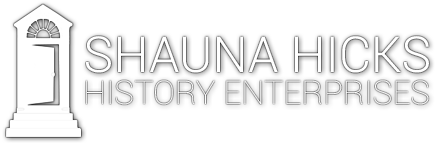
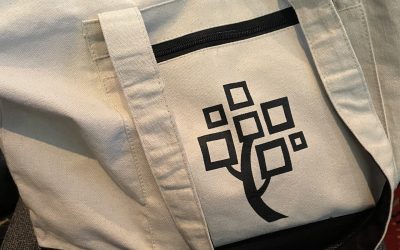
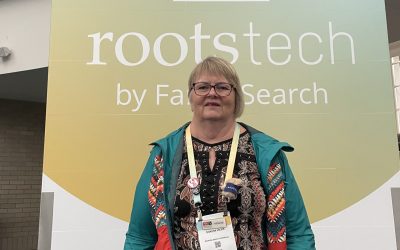
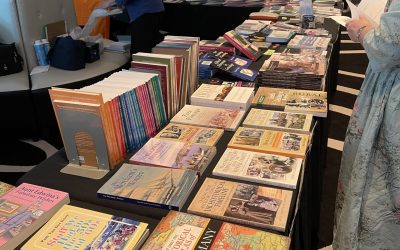
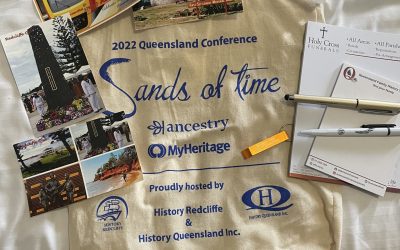
Great blog post. Fawkner Cemetery Vic. also has the great map feature which you can print out at
http://www.fcmp.com.au
Can someone please help me. I found a few months ago that I was related to Sophia Robinson Gunyon. Her ancestors in Cheshunt, Hertfordshire, England were also my ancestors. However in the last few days I have been contacted by a new distant relative in New Zealand who tells me that the Sophia Robinson and James Charles Gunyon connection is a false trial. For the following reasons. Firstly, Sophia Robinson born in 1793 in Cheshunt, Hertfordshire, England died at 6 monhs of age and is buried in St. Marys Churchyard, Cheshunt. Herts along with some siblings and her father John Robinson. So who is the Sophia Robinson who according to places like Ancestry.co.uk and several family trees listed on Ancestry also http://www.family search, the LDS website, list Sophia as born in 1793 in Cheshunt to John Robinson and Dianah Wooley of Cheshunt. Sophia Robinson was a convict transported along with five children to Hobart in 1828. She died in 1866 and is buried along with her second husband Joseph Walker in Pontville cemetery. I have photographed her tombstone. In the book, ‘Thanks a lot Guv’ written by T Garth Hyland, he reports that Sophia Robinson Gunyon was born in St. Albans, Hertfordshire in 1795.
Can anyone who has listed this
lady, Sophia Robisnon Gunyon on their family tree, PLEASE help me to solve this dilemma.
Thank you so much for reading this.
Hi Diana
As you will have seen from my response to Krystal above, I have not researched the Gunyons at all – they married into the Jarvis family and I am only interested in the direct Jarvis line. Until reading Krystal’s message,I was not aware of the connection between the two Gunyon families. As I said it seems strange that there was at least 15 years difference between Eliza and Mary Ann if they were sisters as Krystal says. It almost seems that they were different generations and in fact they did marry into different generations but not having done any Gunyon research I can’t clarify but it looks odd to me. I would advise that you contact some of the people doing the Gunyon line and ask them what their sources are etc.
Best wishes and thanks for making contact
Shauna